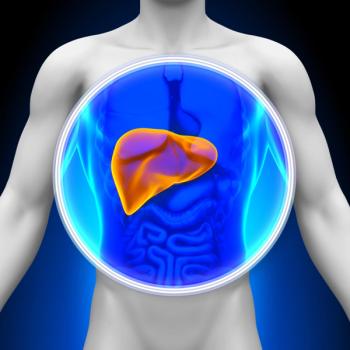
Phone-Based Intervention Increases CRC Screening
A study finds tailored phone intervention significantly increases colorectal cancer screening compared to usual care.
Contacting people non-adherent to colorectal cancer guidelines via a tailored phone intervention significantly increased colorectal cancer (CRC) screening compared with usual care, according to the results of a recent study.
This increase came primarily through the use of stool testing. Researchers led by Victoria L Champion, PhD, RN, of Indiana University School of Nursing, wrote that the availability of this mailed stool test was probably “the major factor producing the large effect sizes found for phone and phone plus web” interventions.
The
During the intervention, women at average risk for CRC could select screening with either a stool test or colonoscopy. Women at higher risk received an intervention that supported use of colonoscopy for screening. Six months after the intervention, outcomes data was collected via self-report with medical records used for confirmation. The results were published in Cancer Epidemiology, Biomarkers, and Prevention.
The phone intervention led to the highest rate of screening adherence by 6 months (52.5%) followed by web plus phone (44.4%), usual care (24.6%), and web-based intervention (22.7%).
Adherence for any screening and for risk-appropriate screening was significantly greater for the phone and phone plus web groups (P < .0001 for both) compared with usual care.
“The tailored web-based intervention did not increase stool testing compared to usual care, a finding supported by other studies using a web-based approach,” the researchers noted.
The phone intervention (41.7%; P < .001) and the web plus phone intervention (35.8%; P < .001) both significantly increased CRC screening by stool test compared with usual care (11.1%). However, the rate of colonoscopy screening did not differ according to the intervention group, with the exception of the phone intervention increasing colonoscopy compared with usual care among those women with the highest self-reported fear of cancer.
“95% of women in our sample were at average risk and of those assigned to intervention groups, (usual care didn’t select preferred test) 63% stated preference for stool test, 37% stated preference for colonoscopy, and 1% did not state preference,” the researchers wrote.
“Given the overwhelming preference for stool testing, it is probable that the intervention forestalled women from thinking about colonoscopy. However, research suggests that for women at higher-than-average risk, phone interventions have significantly increased colonoscopy compared to usual care.”
Newsletter
Stay up to date on recent advances in the multidisciplinary approach to cancer.
































































































